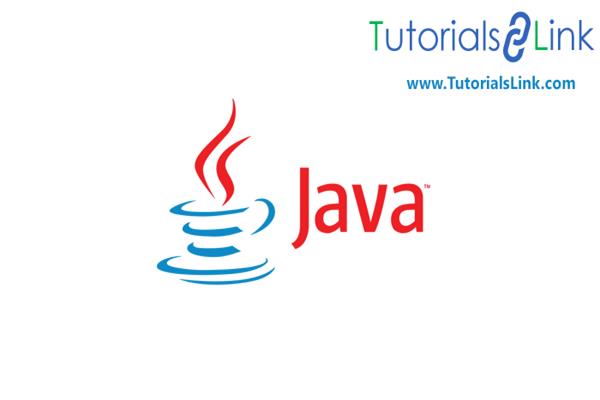Basic Characteristics of Oops
OOPs ( Object-oriented programming system ) has many Characteristics and some of them you'll find in the below article. I hope you find this article helpful and before going ahead we would suggest you please check e collection of Programming Full Forms with the below link:
List of Programming Full Forms
What is OOPs (Object-oriented programming system)?
Object-Oriented Programming (OOP) System is a programming paradigm based on the concept of using classes and objects in your programming code. Object-Oriented Programming (OOP) used to structure a programming language into simple, reusable pieces of code that usually known as classes, which we can use as a user define Data Type to create instances of objects.
Characteristics of Oop’s
OOPs ( Object-oriented programming system ) has many Characteristics like:
- Class
- Objects
- Data Abstraction
- Data Encapsulation
- Inheritance
- Polymorphism
You may be asked many questions about the basic of OOPs in your next interview. So, let's have a quick list of OOPs Interview Questions.
OOPs Interview Questions and Answers
What are the Objects in OOPs ( Object-oriented programming system )?
- Objects are basic building blocks for designing programs.
- An object is a collection of data members and associated member functions.
- An object may represent a person, place or a table of data.
- Each object is identified by a unique name. Each object must be a member of a particular class.
- Example: chair, table, whiteboard are the objects of the class (class).
What are the Classes in OOPs (Object-oriented programming system)?
- The objects can be made user-defined data types with the help of a class.
- A class is a collection of objects that have identical properties, common behaviour and shared relationship.
- Once the class is defined any number of objects of that class is created.
- Classes are user-defined data types A class can hold both data and functions.
- For example planets, sun and moon are the members of the solar system class.
What is Data abstraction in OOPs (Object-oriented programming system)?
Data abstraction refers to the process of representing essential features without including background details or explanations.
What is Data encapsulation in OOPs (Object-oriented programming system)?
- The wrapping of data and function into a single unit is called data encapsulation.
- Data encapsulation enables data hiding and information hiding.
What is Inheritance in OOPs (Object-oriented programming system)?
- Inheritance is the process by which one object can acquire and the use of properties of another object.
- The existing class is known as a base class or superclass.
- The new class is known as a derived class or subclass.
- The derived class shares some of the properties of the base class. Therefore a code from a base class can be reused by a derived class.
What is Polymorphism in OOPs (Object-oriented programming system)?
- The ability of an operator and function to take.
- Multiple forms are known as polymorphism.
- The different types of polymorphism are operator
- overloading and function overloading.
SOLID guidelines in OOPs:
SOLID is a mnemonic invented by Michael Feathers that stands for and advocates five programming practices:
- S: Single responsibility principle
- O: Open/closed principle
- L: Liskov substitution principle
- I: Interface segregation principle
- D: Dependency inversion principle
List of Top OOPs base languages:
- C++
- Java
- C#
- Java Script
- Python
I hope this will help you a lot in your next interview. Please share with your friends to support us.





